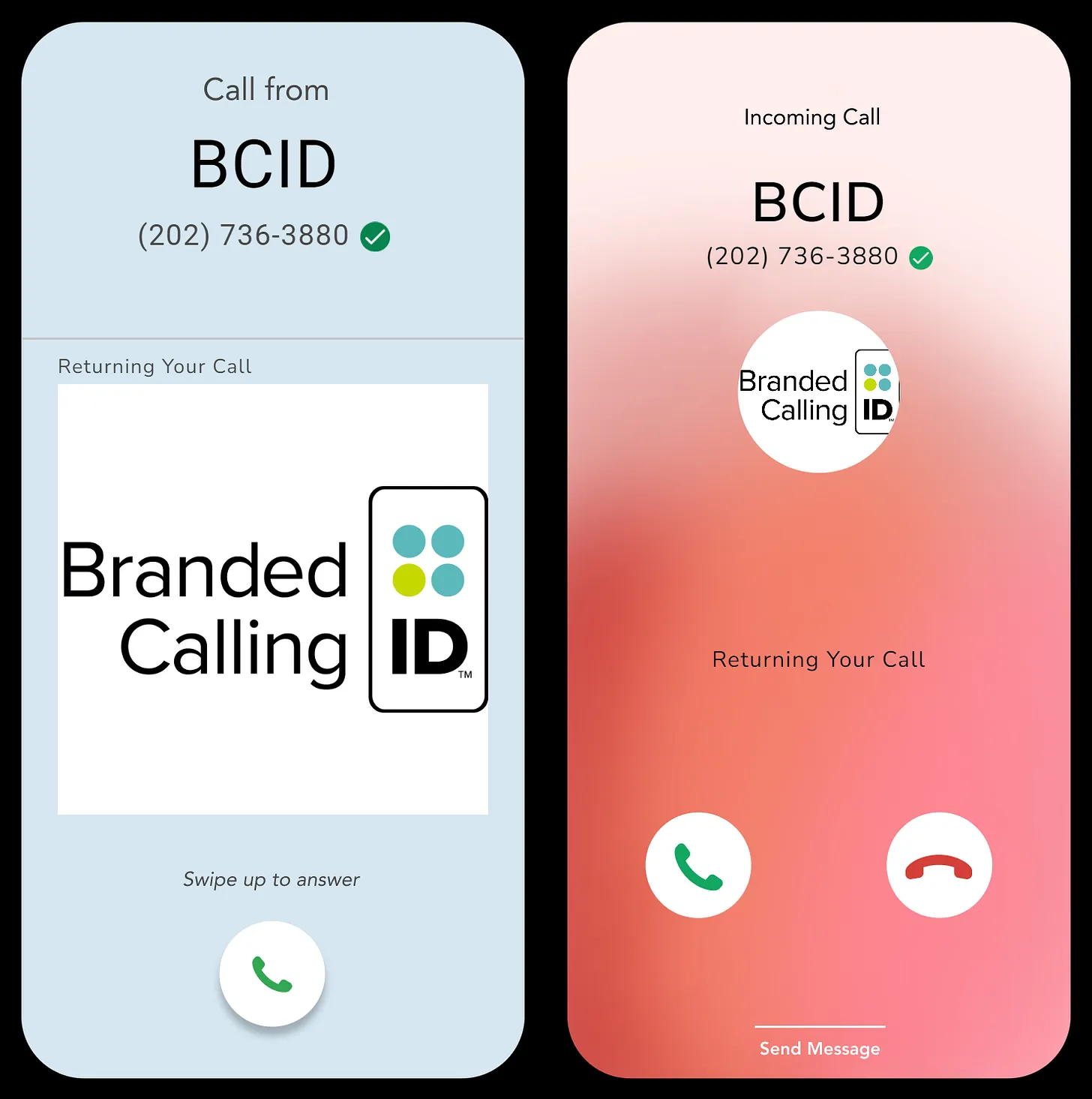
Date:
April 14, 2025
Category:
Branded Caller ID: The Phone Call Is Broken. Here’s How We Fix It.
In the age of digital convenience and information overload, voice communication—once the gold standard for direct human engagement—has experienced a steep erosion in trust. This is not due to the inherent inefficiency of phone calls, but rather the systemic degradation of identity in the calling experience. Caller ID, once a simple courtesy, has failed to keep pace with the complexity of today’s telecommunications ecosystem. The result: over 78% of consumers in the U.S. no longer answer calls from unknown numbers.
This breakdown of identity has real consequences. According to a national survey conducted by Morning Consult in August 2024, 51% of respondents reported missing legitimate business calls simply because they did not recognize the number. Nearly 47% said the same about calls they were expecting. This ambiguity leads to delayed communications, higher operational costs, and a diminished user experience across sectors including healthcare, finance, government, and logistics.
Branded Caller ID: A Standards-Based Solution to a Trust Deficit
Branded Caller ID (BCID) is an emerging solution to this trust deficit—an ecosystem-based initiative designed to reintroduce verified identity and transparency into the voice channel. At its core, BCID allows enterprises to display their brand name, logo, and a concise call reason to recipients on supported mobile networks before the call is answered. It is built on open, standards-based protocols, specifically STIR/SHAKEN, which provide cryptographic authentication and help prevent spoofing.
Unlike legacy caller ID services, which are often fragmented and inconsistently supported, BCID offers:
- Cross-network interoperability
- Independent vetting and verification of display data
- Confirmed delivery reports, ensuring businesses only pay when branding is successfully rendered on the device
These features establish BCID not as a marketing gimmick, but as a critical infrastructure layer in a more transparent telecommunications future.
The Role of Identity in Engagement and Compliance
From a customer engagement standpoint, the numbers are compelling. According to the same Morning Consult study, 75% of respondents said they would be “very” or “somewhat likely” to answer a call if the caller’s name, logo, and reason for the call were presented—even if the number itself was unfamiliar. This aligns with behavioral psychology: when people understand who is calling and why, they are more likely to engage.
Additionally, 74% said that verified indicators (such as a checkmark, branding, or call reason) influenced their decision to answer. For industries governed by strict compliance and disclosure requirements, BCID offers a compelling path forward—not just to reduce fraud, but to demonstrate operational transparency in outbound communications.
Why Now: Timing, Adoption, and Competitive Advantage
While BCID is a relatively new offering in the marketplace, this is precisely what makes its adoption so strategically valuable. In a landscape where consumers are overwhelmed by anonymous outreach and regulatory scrutiny continues to mount, early adoption of trusted identity tools provides a measurable reputational advantage. Businesses that implement branded calling today position themselves as early movers in re-establishing trust in voice-based communications.
This is not simply a technology play—it’s a brand trust signal, and increasingly, a compliance imperative. The days of hoping consumers answer anonymous calls “just in case” are over. A modern engagement strategy must meet consumers where they are: skeptical, busy, and overloaded. Identity, context, and verification are no longer optional—they are prerequisites for engagement.
Toward a More Transparent Voice Ecosystem
The broader implications for the telecom ecosystem are significant. Restoring trust in voice communication will not be achieved through isolated apps or proprietary solutions. It requires industry-wide alignment around open standards, verification protocols, and consumer-centric design.
Branded Caller ID represents a step in that direction—a way to make voice calls not only functionally effective but ethically and operationally credible. It affirms the idea that trusted identity is foundational to any digital interaction, especially one as personal and interruptive as a phone call.
In an era where trust is scarce and attention is scarce, the question is no longer whether BCID is useful—it’s whether your brand can afford not to be seen, recognized, and trusted at the first ring.
Tags:
Communications
Technology
Numbers
Marketing Growth
Identity

Hi! I’m one of The Mashers at Signalmash
If you want to discuss your SMS & voice needs, we’re available! Use the form below to leave your details or set a 15 min call.


